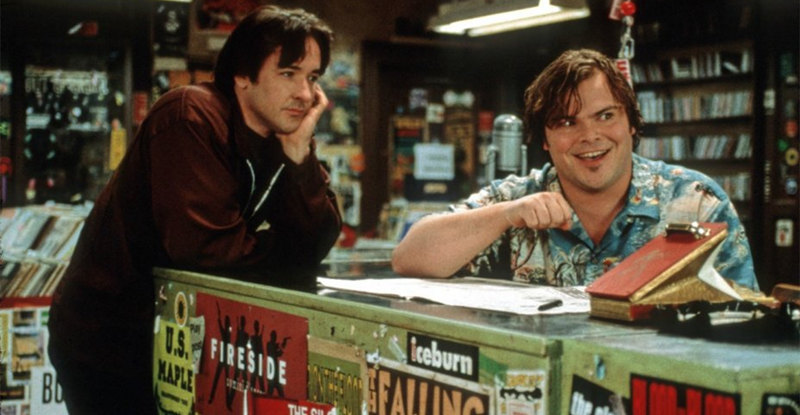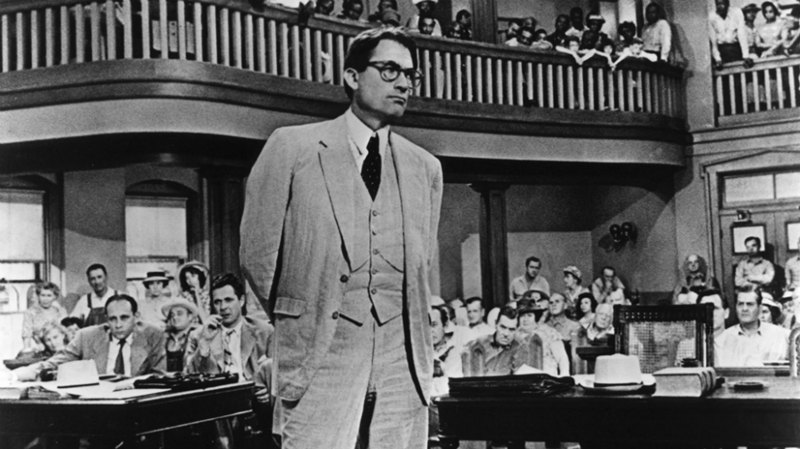It’s rare that a History (the History Channel is now known simply as History) documentary creates a popular buzz, but for a while last month I couldn’t get through a day without someone mentioning “that documentary about life after people” to me. A little research revealed that the documentary in question was, in fact, called “Life After People,” a high concept title so simple it should make a Hollywood marketing rep jealous.
Much like recent films such as “Shoot ‘Em Up” and “Young People Fucking,” the title tells its own story. Here’s the premise: Everyone dies. Got that? Now what happens to Earth after all humans are gone? The program is divided into multiple time frames beginning with “1 Day After People” and running up to “10,000 Years After People.”
Without humans around to maintain generators that use fossil fuel, most power plants would begin to shut down in a matter of days. Nuclear reactors wouldn’t fail but with nobody using the power output, they would automatically shutdown. In just a few weeks, the planet would be nearly as dark as it was before humans mastered fire. There are some exceptions, however. Where do you think one might see the last evidence of electrically generated light on the planet? Answer below.
For me the saddest after-effect of human extinction is the impact on our poor domesticated pets. Those unable to escape their houses would die of starvation; those who make it outside would have to scrabble for survival, and cutesy pets like Chihuahuas and toy poodles would not fare particularly well. Still, some of our animal friends would survive though within a single generation, none of them would have any knowledge of human mastery, and would turn feral. On the plus side, predators that are routinely purged by humans would thrive: those pesky coyotes and mountain lions that occasionally snag unwary suburban Californians would have free reign.
“Life After People” obviously relies on a great deal of speculation, and the show’s producers had no trouble finding experts willing to project a future they would never see. Engineer Gordon Masterson is one of the primary go-to guys; according to him, the Brooklyn Bridge would likely not last much more than a century without people to clean up the corrosion that gradually accretes on the steel cables. In fact, most of our major buildings and monuments would collapse or deteriorate in no more than a few hundred years, and some in a matter of just a few years. On that front, I offer you one more question to think about? What do you think would be the last man-made project (building, monument, etc.) to survive in a recognizable form? Answer below.
With CGI effects (BAM! There goes the Eiffel Tower!) and movie-trailer portentous narration by James Lurie, this is not exactly subtle fare. This is the documentary equivalent of a popcorn flick, exploitative schlock meant for consumption rather than enlightenment. Programs like this are a guilty pleasure of mine; you can have your “Transformers”, I’ll take “Life After People” any day. To use a phrase I generally despise, it’s the sort of movie that invites to “turn off your brain” and just kick back for an hour and a half.
As lurid as the content may be, however, it provides plenty of fuel for water-cooler conversation. We’ve all considered the apocalyptic scenario in one form or another, where by way of religion or simply through the cinema, and it’s always fun to play the “What if?” game. Have you had time to think about the two questions above? If you don’t want to read the answers, just skip the next two paragraphs.
One of the likely candidates to be the last source of artificial light on Earth is Las Vegas, because it gets its power from the Hoover Dam which powered by water, not fossil fuels, and would thus have a natural power source long after man is gone. According to the documentary, the Hoover Dam could last as long as a year without human maintenance; I wonder if this means anybody will be getting laid off soon? I think this answer may be a Western-centric one, though. With China’s Three Gorges Dam coming on line, surely there’s a Chinese city or two that’s as viable a candidate as Las Vegas.
There’s no definitive answer to what the last man-made monument on Earth would be. It also depends on your definition. The pyramids would probably last for ages but would be reclaimed by the desert without man to provide a bulwark against the encroaching sand. The Great Wall is another possibility, but author and astrophysicist David Brin suggests that Mt. Rushmore, which is carved out of solid granite, would outlive even the Great Wall. Barring earthquakes or lightning strikes, the faces carved by Gutzon Borglum, working almost entirely by himself for decades, will still be recognizable hundreds of thousands of years from now.
Life after people may be difficult to imagine, but it’s hardly a long-shot scenario. In fact, it’s pretty damn likely. As I wrote in my review of “How the Earth Was Made” humans have only been present on Earth for a tiny fraction of the planet’s existence. Human existence on Earth is a historical anomaly. Cool, huh?
Video
The program is presented in a 1.78:1 wide-screen aspect ratio (not the 1.33:1 that is mistakenly listed on several sites.) The transfer is very strong by History standards, and I have no complaints about it.
Audio
The DVD is presented in Dolby Digital Stereo. There are no subtitles. Optional English closed captions support the English audio.
Extras
The DVD includes 20 minutes of additional scenes, most of which concern possible ways in which the human race could be exterminated.
Film Value
“Life After People” is trashy documentary fare, but in a rather enjoyable way. It’s over the top and sometimes downright goofy, but director David de Vries helps to craft an entertaining speculation about the world after humans. This is the kind of History program that should have a very broad appeal.


